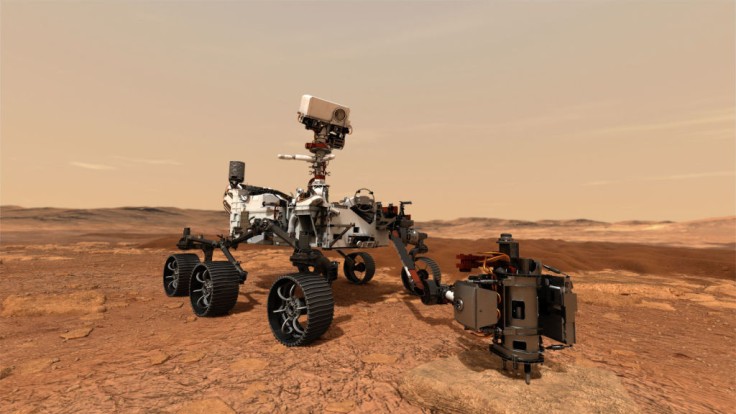NASA's Perseverance has finally reached Mars's so-called "Bright Angel" area after several delays and detours.
The "Bright Angel" area, which is situated at the base of the northern wall of the Neretva Vallis River channel, was first viewed last week as the Perseverance rover traces its southern side since January.

The Neretva Vallis is the ancient river channel that once fed the Jezero Crater millions of years ago before NASA's Mars rover landed on the crater area in February 2021.

Among the first few discoveries in the river channel was a mysterious light-toned bolder, the first of its kind spotted in the Martian land.

NASA scientists believed the curious rock was produced from a subsurface magma pool that once existed long ago.
The latest breakthrough came amidst recent delays and failures in NASA's previous attempts to further explore Mars's surface for signs of life.
Mars Missions Uncover More Secrets in the Red Planet
NASA's Perseverance mission is not the only Mars mission that is making progress in its exploration of the Red Planet.
Earlier in November, the science journal Nature Astronomy published a study showing important geological discoveries China's Zhurong Rover recorded during its one-year exploration from 2021 to 2022.
The findings indicated signs of water under one of Mars's largest basins, Utopia Planitia, proving earlier studies on how water once flowed through the planet.
Related Article : China's Zhurong Mars Rover Finds Signs of Recent Martian Water Activity
Mars Findings to Offer More Data for Future Habitation on the Red Planet
A much more recent image from the European Space Agency's Mars Express even captured "telltale traces" of spider-looking evaporating ice geysers from the planet's southern polar region.
NASA's Mars Reconnaissance Orbiter also recorded the resurfacing of the odd hole in the Red Planet, providing a potential shelter spot for astronauts that may live on the planet in the future.
The findings are expected to provide helpful data to NASA as it prepares potential astronauts to live on the Red Planet once the lunar Artemis missions are completed.









